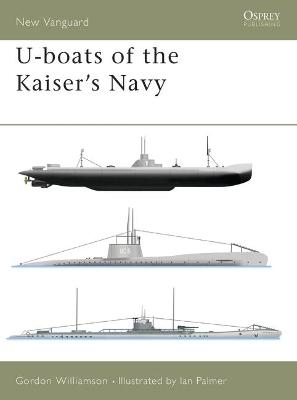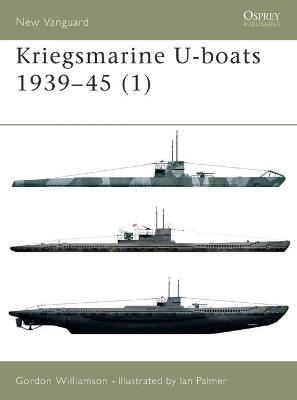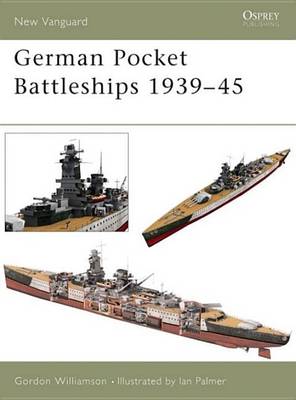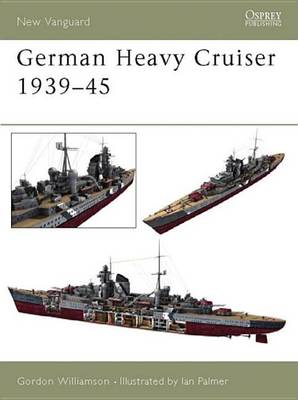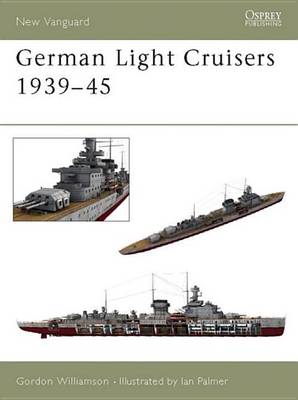Osprey New Vanguard S.
5 primary works
Book 50
As was the case in World War II, one of the greatest threats to Britain during World War I was the German U-Boat menace. Gordon Williamson traces the development of the U-Boat from the Brandtaucher, designed by Wilhelm Bauer, the father of the German submarine arm, in 1850, through to the commissioning of Germany's first U-Boat to go into service, the U-1, in 1906. All of the main types of World War I U-Boat are then covered. The operational history of the U-Boat service is also covered in some depth. Included are details of the campaigns in the Atlantic and Mediterranean, along with the slow build-up of anti-submarine measures by the allies.
Book 51
This, the first of two volumes on Germany's World War II U-boats, traces their development through: the early U-boats of the Kaiser's navy; the prohibition on Germany having U-boats following the Armistice in 1918 and the subsequent Treaty of Versailles; the secret development of U-boats using a "cover-firm" in Holland; and culminating in the formation of the 1st U-boat Flotilla in 1935 with the modern Type II. The operational history section includes examples from the classes Type VIIA, Type VIIB, VIID, VIIE and VIIF before concentrating on the mainstay of the U-boat arm, the Type VIIC. Comparisons are also made with the standard Allied submarines, their strength and weakness and U-boat tactics.
Book 75
After the end of World War I, the German Navy came up with the concept of the Panzerschiff, or Pocket Battleship, as a method of circumventing treaty limitations on the size and types of ship Germany was permitted to build. New, more modern production methods, where welded construction prevailed over the older riveting process, were combined with the development of modern engines capable of fast speeds and a very powerful armament, far superior to that on any enemy Cruisers. This book covers these three sister ships, the 'Deutschland', the 'Admiral Graf Spee' and the 'Admiral Scheer', which formed the core of the Kriegsmarine's fighting power at the start of World War II.
Book 81
The development of this excellent and successful class of warship only became possible after the Anglo-German naval agreement of 1935 eased restrictions on the types of ship Germany could build; even then only five of the class were permitted: the Admiral Hipper, the Blucher, the Prinz Eugen, the Seydlitz and the Lutzow. These Cruisers were designed for Atlantic operations and had eight 8 inch guns, 12 10.5 cm heavy anti-aircraft guns and 17 smaller calibre anti aircraft guns as well as twelve torpedo tubes and their own compliment of up to six aircraft. This title covers the design, development and operational history of the Heavy Cruisers of the Admiral Hipper class.
Book 84
The German Navy of World War II was small in number, but contained some of the most technologically advanced capital ships in the world. This meant that although the Kriegsmarine never felt capable of encountering the might of the British Navy in a fleet action, her ships were individually more than a match for the outdated vessels of the Royal Navy. Nowhere was this more the case than in Germany's fleet of light cruisers. There were only six vessels in this fleet: the Emden, Leipzig, Koln, Konigsberg, Karlsruhe and Numberg. This book describes their design, development and varied operational history throughout the course of the Second World War.
